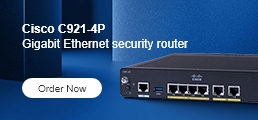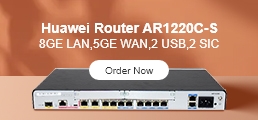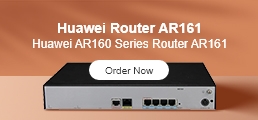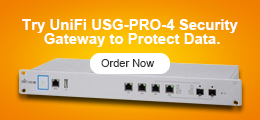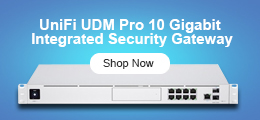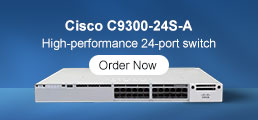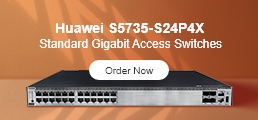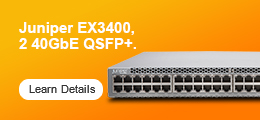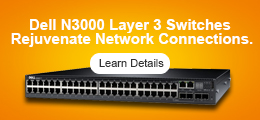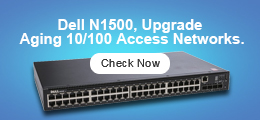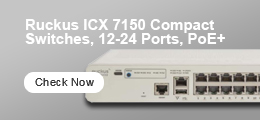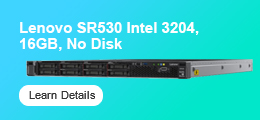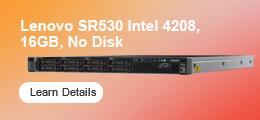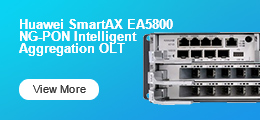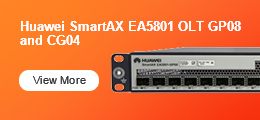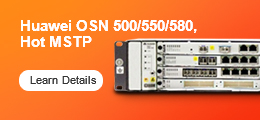The Cisco VPN client software enables secure remote access to your corporate network from anywhere. Cisco primarily offers two VPN clients: the Cisco AnyConnect Secure Mobility Client and its successor, the Cisco Secure Client, which provide SSL and IPsec IKEv2 VPN connectivity along with endpoint security features across Windows, macOS, Linux, and mobile devices.
What is a Cisco VPN Client Called?
Cisco’s primary VPN client software is called the Cisco AnyConnect Secure Mobility Client, and its newer iteration is the Cisco Secure Client. Both clients are used for establishing secure VPN tunnels and providing endpoint security while working remotely.
What is VPN Client Software Used For?
VPN client software is used to create a secure, encrypted connection between your device and your organization’s network over the internet, enabling you to access internal resources safely from remote locations while ensuring data privacy and compliance.
How to Download, Install, and Configure Cisco AnyConnect VPN Client
To set up Cisco AnyConnect VPN client on your device, follow these steps:
- Download: Log in to the Cisco Software Downloads portal, search for "AnyConnect" or "Secure Client," and download the appropriate package for your operating system.
- Install: Run the installer (e.g.,
Setup.exeon Windows) and follow the prompts. You can select modules like VPN core, Start Before Login, and Umbrella Roaming Security during installation. - Configure: After installation, open the client, enter your VPN server address provided by your network administrator, and authenticate using your credentials or certificates.
For the VPN client to function, your Cisco ASA, FTD, or router must be configured to accept VPN connections.
Licensing Requirements for Cisco VPN Clients
Cisco VPN client software, including AnyConnect and Secure Client, typically requires a license. Licenses are sold per user or device, and you may need additional licenses on your Cisco ASA, FTD, or router to support VPN connections.
Supported Platforms
- Windows: Windows 8.1, Windows 10, Windows 11
- macOS: Latest macOS versions supported
- Linux: Various distributions supported
- Mobile: Android, iOS, ChromeOS (AnyConnect), with legacy support for older platforms
Troubleshooting Cisco VPN Client Issues
- Check your internet connection and firewall settings.
- Ensure your Cisco ASA/FTD is configured correctly for VPN access.
- Use Cisco's Diagnostic and Reporting Tool (DART) for log collection if issues persist.
- Check certificate configurations if using certificate-based authentication.
What is the Difference Between a VPN and a VPN Client?
A VPN (Virtual Private Network) is a secure, encrypted tunnel that protects your data as it travels over the internet, allowing private network access remotely. A VPN client is the software installed on your device that establishes and manages this secure connection to your VPN server.
FAQs About Cisco VPN Client Software
Q1: What is the difference between Cisco AnyConnect VPN and Cisco Secure Client?
A1: Cisco Secure Client is the successor to AnyConnect, offering the same VPN capabilities along with additional zero-trust security features, enhanced endpoint security, and unified management.
Q2: Do I need a license to use Cisco VPN client software?
A2: Yes, licenses are required for Cisco VPN client software and the devices terminating VPN connections like ASA and FTD appliances.
Q3: Can I install Cisco AnyConnect VPN on my mobile device?
A3: Yes, Cisco AnyConnect and Secure Client are available for Android and iOS and can be downloaded from Google Play or the Apple App Store.
Q4: How do I troubleshoot connection issues with Cisco VPN clients?
A4: Check your credentials, VPN server address, certificate configurations, and ensure your network allows VPN connections. Use Cisco’s official troubleshooting guides and DART for advanced diagnostics.




